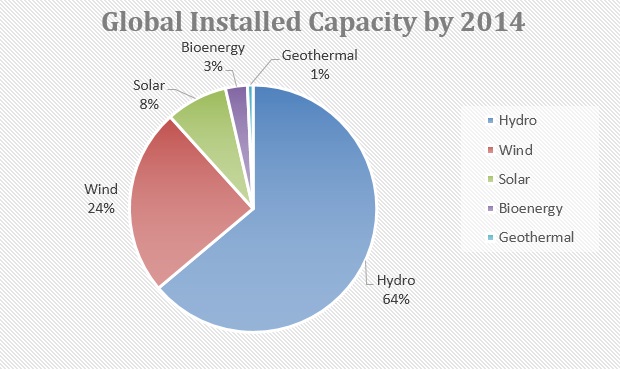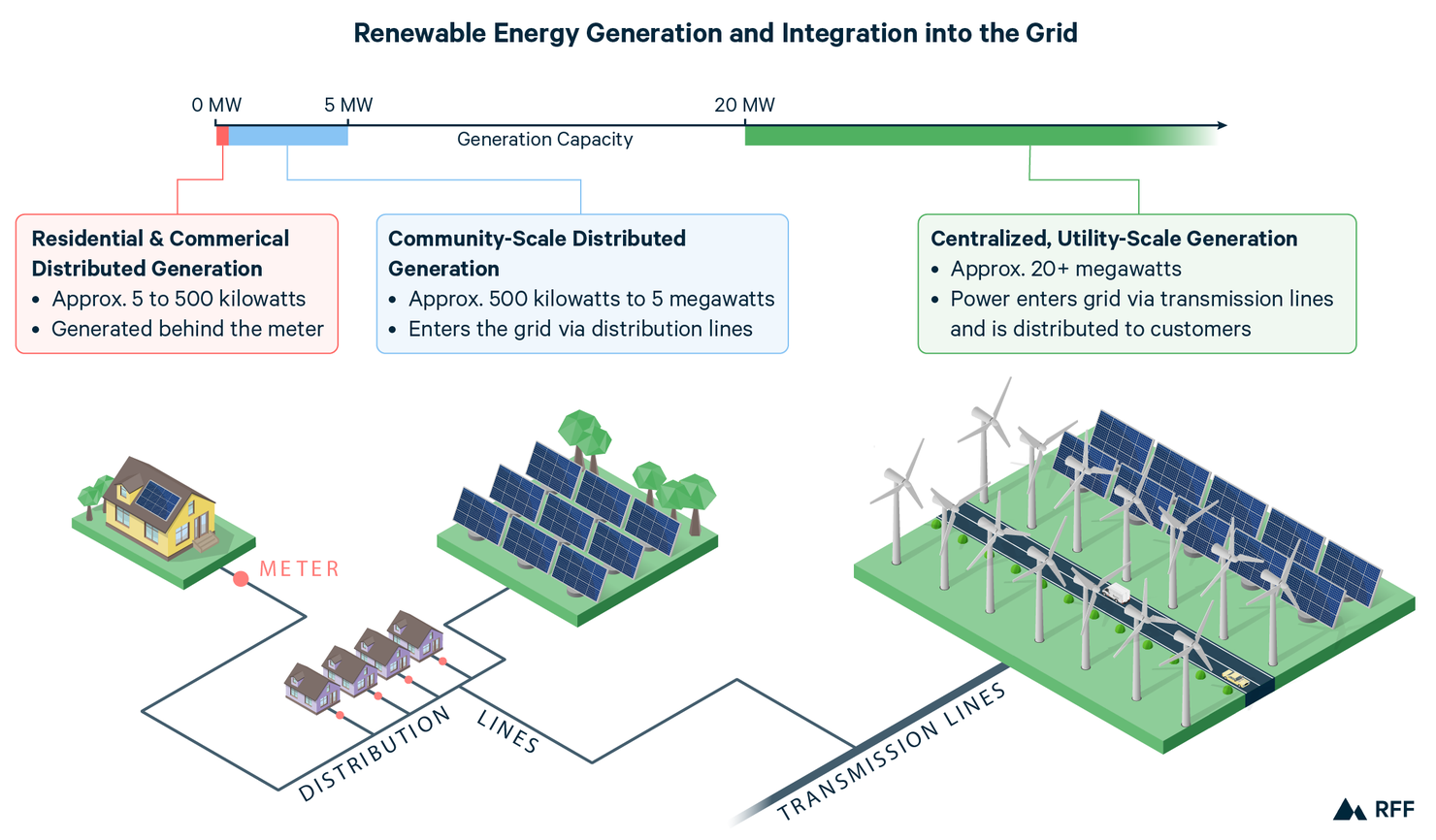Consequences Of Renewable Energy Resources

The social environmental and economical problems can be omitted by use.
Consequences of renewable energy resources. All energy sources have some impact on our environment. Renewable power is booming as innovation brings down costs and starts to deliver on the promise of a clean energy future american solar and wind generation are breaking records and being. However renewable sources such as wind solar geothermal biomass and. Moreover the costs of renewable energy technologies have declined steadily and are projected to drop even more.
Renewable energy resources offer cleaner alternatives to fossil fuels. They are not completely problem free but they produce much less pollution and fewer greenhouse gases and by definition will not run out. Fossil fuels coal oil and natural gas do substantially more harm than renewable energy sources by most measures including air and water pollution damage to public health wildlife and habitat loss water use land use and global warming emissions. Here are our main sources of renewable energy.
Although renewable facilities require upfront investments to build they can then operate at very low cost for most clean energy technologies the fuel is free. Conventional energy source based on coal gas and oil are very much helpful for the improvement in the economy of a country but on the other hand some bad impacts of these resources in the environment have bound us to use these resources within some limit and turned our thinking toward the renewable energy resources. Renewable energy sources wind solar biomass hydroelectric geothermal etc are generally thought of as harmless but this doesn t mean they have no environmental consequences at all. According to the international renewable energy agency irena doubling the renewable energy share in the world energy mix to 36 by 2030 will result in additional global growth of 1 1 by that year equivalent to 1 3 trillion dollars a increase in wellbeing of 3 7 and in employment in the sector of up to more than 24 million people.
Several forms have become price competitive with energy derived from fossil fuels.














































